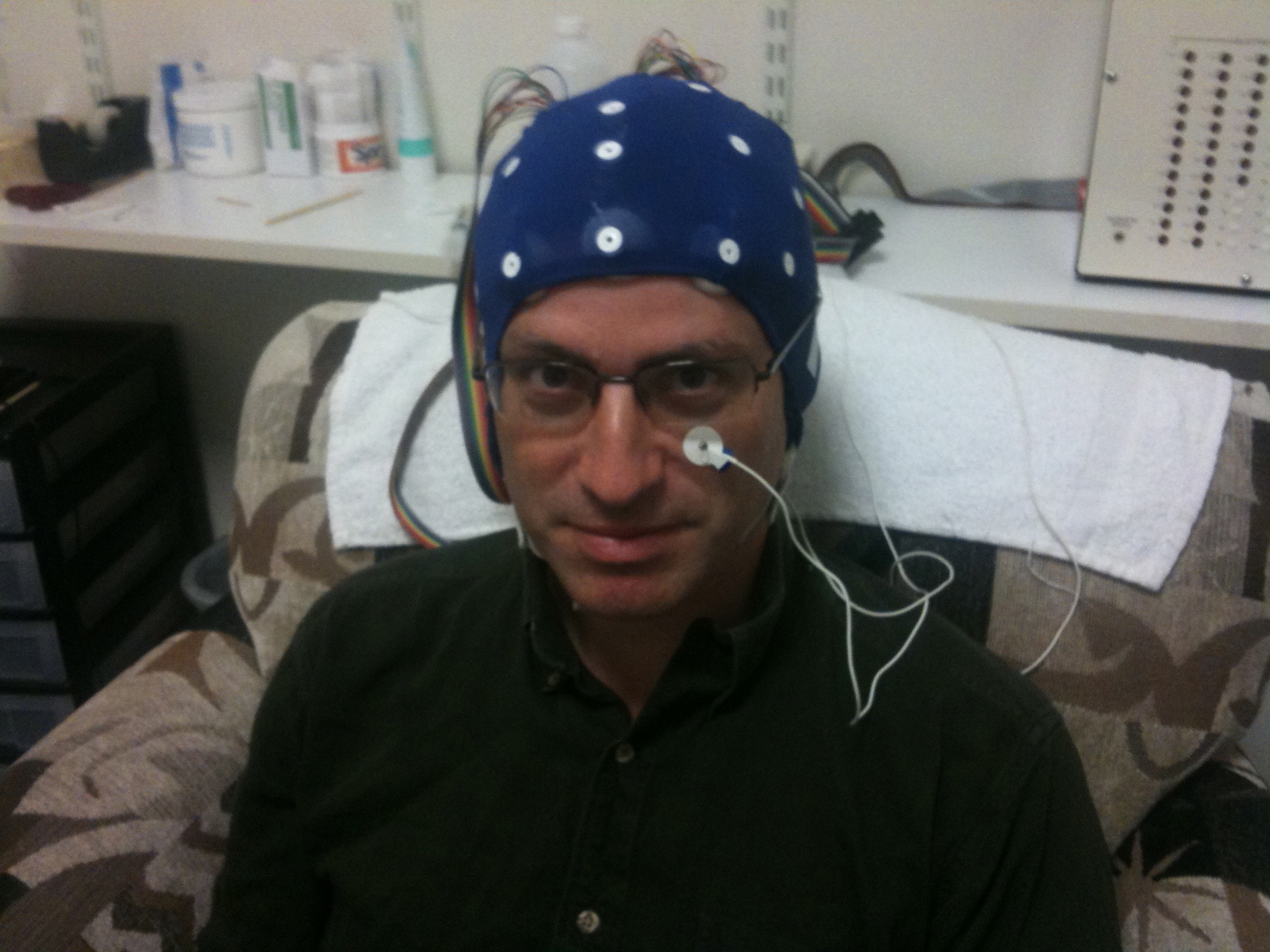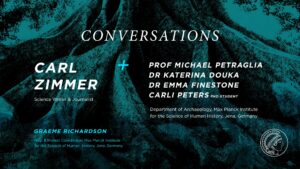

There may also be other factors contributing to amyloid formation. For example, it was an in vitro study, so there are still many unknowns as to how this finding relates to what happens in the human body. “Our finding that the SARS-CoV-2 Spike protein can form amyloid when cut by neutrophil elastase is probably an important piece in the puzzle for many unsolved questions related to COVID-19 infection.” Such fibrils have been associated with cellular dysfunction, and if this happened during COVID-19, it would suggest yet another mechanism by which the virus can damage organs,” he told MNT. “This is a very interesting study showing that the SARS-CoV-2 spike protein has domains that could promote aggregation to form amyloid fibrils. Arturo Casadevall, an infectious disease expert at John Hopkins University in Baltimore, who was not involved in the study, was fascinated by the study’s results. Overall, the study opens up further speculation into how SARS-CoV-2 interacts with the body to produce certain health problems and symptoms.įor example, it’s possible that amyloid production could contribute to some of the symptoms we see with COVID-19, such as blood clots and neurodegenerative problems.ĭr. “Our experiment shows that if fibrin is formed in the presence of spike amyloid, the plasmin can not totally remove the fibrin clots,” added Nystrom. To prevent ‘overclotting,’ there is another blood component, plasmin, that will dissolve the fibrin clots when there are enough and ultimately get rid of all fibrin when it is not needed anymore.” “Under normal circumstances, when we get an injury, fibrinogen that we have in our bloodstream is transformed into fibrin to form clots. Study author Sofie Nystrom explained to Medical News Today: They also found that combining the S-protein with protease neutrophil elastase formed amyloid-like fibrils.įurther research in this study looked at the relationship between the S-protein and blood clot formation.

When they combined the S-protein in vitro with neutrophil elastase-a proteolytic enzyme (protease) that is produced in the human body by a type of white blood cell released early in SARS-CoV-2 infection called neutrophils-the researchers found that the S-protein broke up into sections that could lead to amyloid production.

They theorized that the S-protein would need to react with something for amyloids to form, such as an enzyme that would break down the S-protein into smaller components. The study authors note that the S-protein on its own would not likely break down into amyloids. The researchers found that several components of the S-protein could potentially produce amyloids. The spike protein or S-protein plays a major role in the virus’ transmission and evolution. In the present study, researchers sought to examine if the spike protein in SARS-CoV-2 could be converted to amyloids in the body. Written in elegant, even poetic prose, Zimmer's well-crafted exploration should be required reading for all well-educated readers.SARS-CoV-2 can cause a variety of symptoms in individuals and researchers do not fully understand why these symptoms develop or impact some people more than others. Zimmer devotes a chapter to the ethical debates surrounding genetic engineering. coliįlagellum as Exhibit A, but the author shows how new research has shed light on the possible evolutionary arc of the flagellum.

Advocates of intelligent design often produce the E. Has taught us about how our own cells age. ) explains that by scrutinizing the bacteria's genome, scientists have discovered that genes can jump from one species to another and how virus DNA has become tightly intertwined with the genes of living creatures all the way up the tree of life to humans. Zimmer ( Evolution: The Triumph of an Idea These rod-shaped bacteria were among the first organisms to have their genome mapped, and today they are the toolbox of the genetic engineering industry and even of high school scientists. , some coexisting quite happily with us in our digestive tracts. Noted science writer Zimmer says there are in fact many different strains of E. , they think tainted hamburger or toxic spinach.


 0 kommentar(er)
0 kommentar(er)
